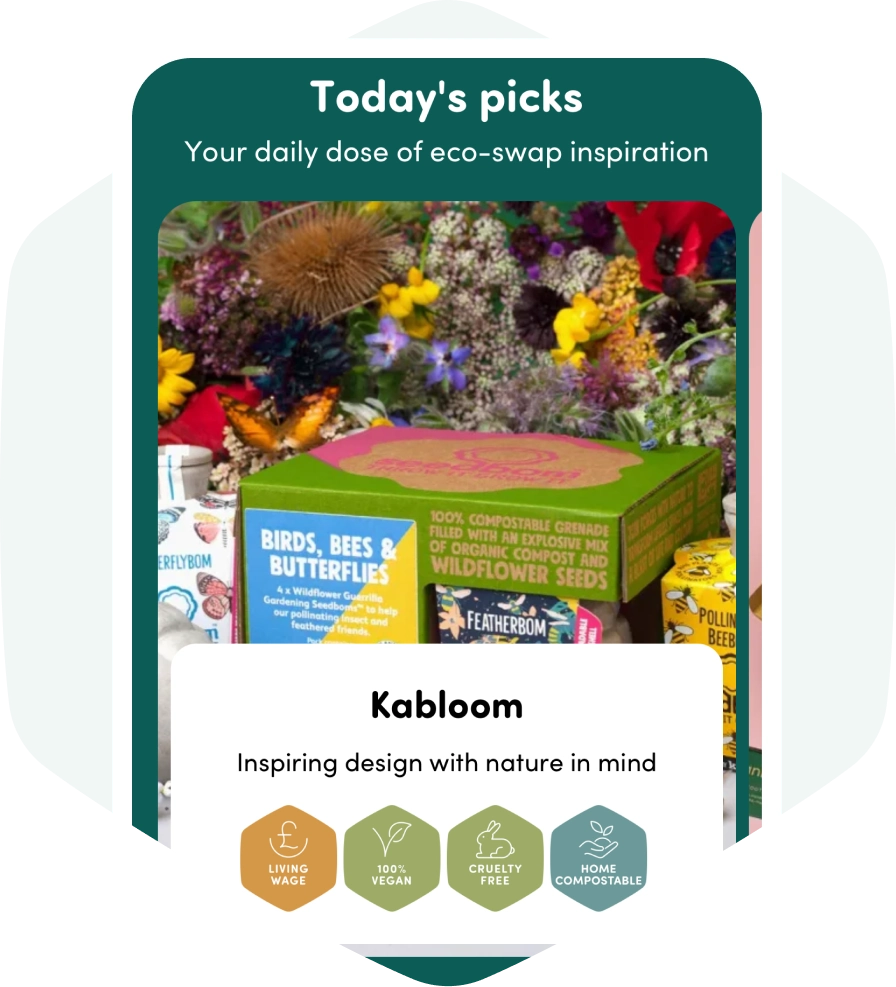Fast fashion is having a devastating impact on the planet. The fashion industry creates 10% of humanity’s carbon emissions, is the second-largest consumer of the world’s water supply, and results in an entire truckload of textiles being incinerated or dumped in landfills every second.
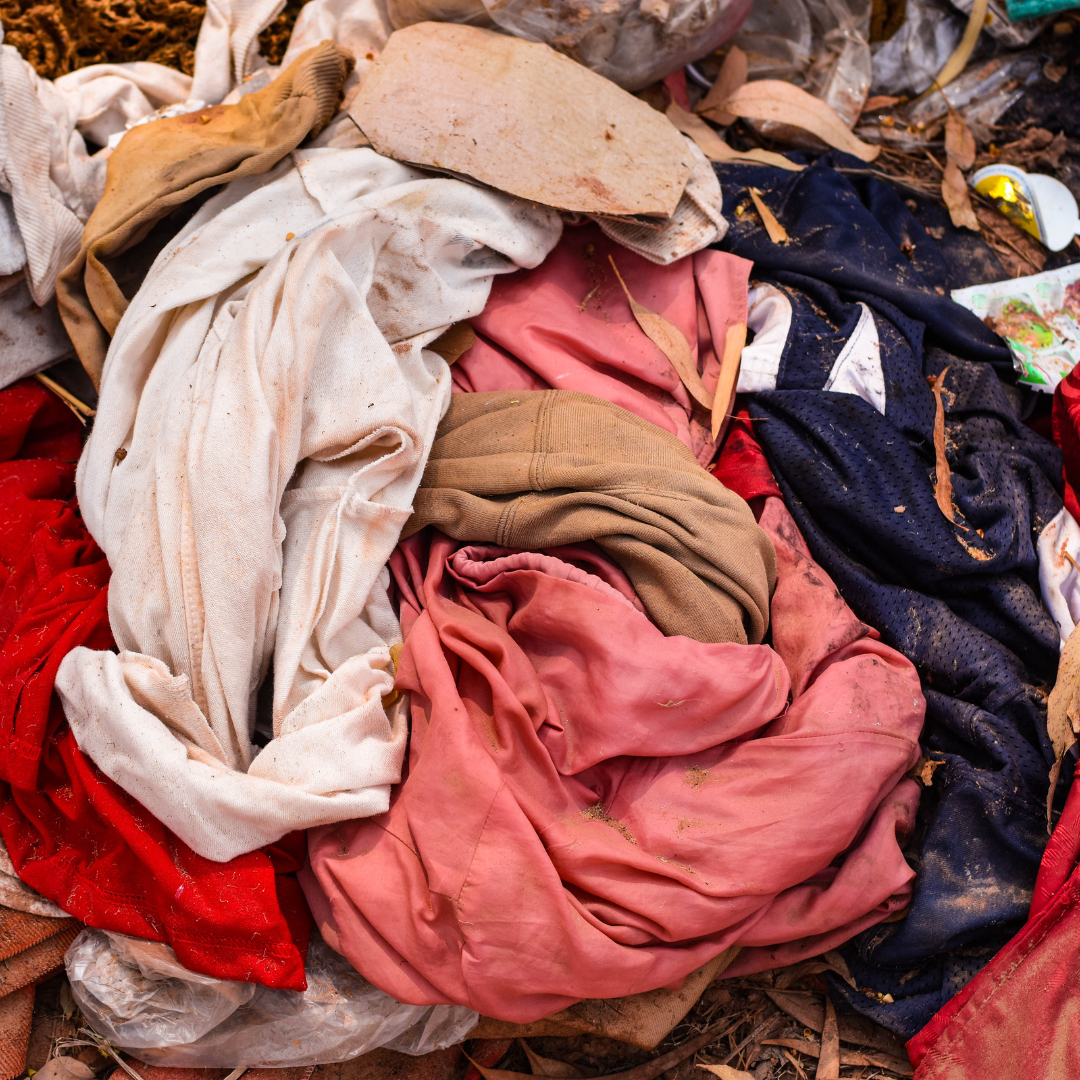
Former Moss Bros buying director Nick Reed, whose fashion career spans 20 years, has seen first-hand the machinations of this unsustainable model.
“I’ve been to factories in Bangladesh, India, Sri Lanka, Vietnam, China, Morocco, Peru, all of Eastern Europe,” he says. “There’s no transparency. There’s no accountability. The impact is immense.”

Nick Reed launched sustainable menswear brand Neem London in 2021
Armed with this blueprint on how not to do things, Nick launched sustainable menswear brand Neem London in 2021 – a label designed to appeal to men who in the wake of COVID-19 want ‘power casual’ pieces that are both comfortable and stylish.
Named for the ornamental native Burmese Neem plant that boasts antibacterial properties (“I created Neem as an ‘antiseptic’ for fast fashion,” Nick says), the company spent six months developing its range of t-shirts, collared shirts and polos.
All materials have been carefully selected for their low CO2 footprint, including ZQ Merino – a highly regarded ethical wool that is both renewable and biodegradable – and closed-loop regenerated cotton, made from textiles that would otherwise go to waste.

The native Burmese Neem plant boasts antibacterial properties
But these materials aren’t just low in impact – they represent the lowest impact pieces on the market. Comprehensive life cycle analysis testing shows that Neem’s flagship shirt has a carbon footprint of just 2.91kg CO2e, which is up to 55% lower than the average shirt from a high street retailer.
“This is a great start for us,” says Nick. “But we’re working on improving this further. There are two ways of doing this. First, to increase the recycled content in each shirt from 50% to 55%, and we’re running tests on this. Secondly, to ensure all the factories we work with operate on 100% renewable electricity.”
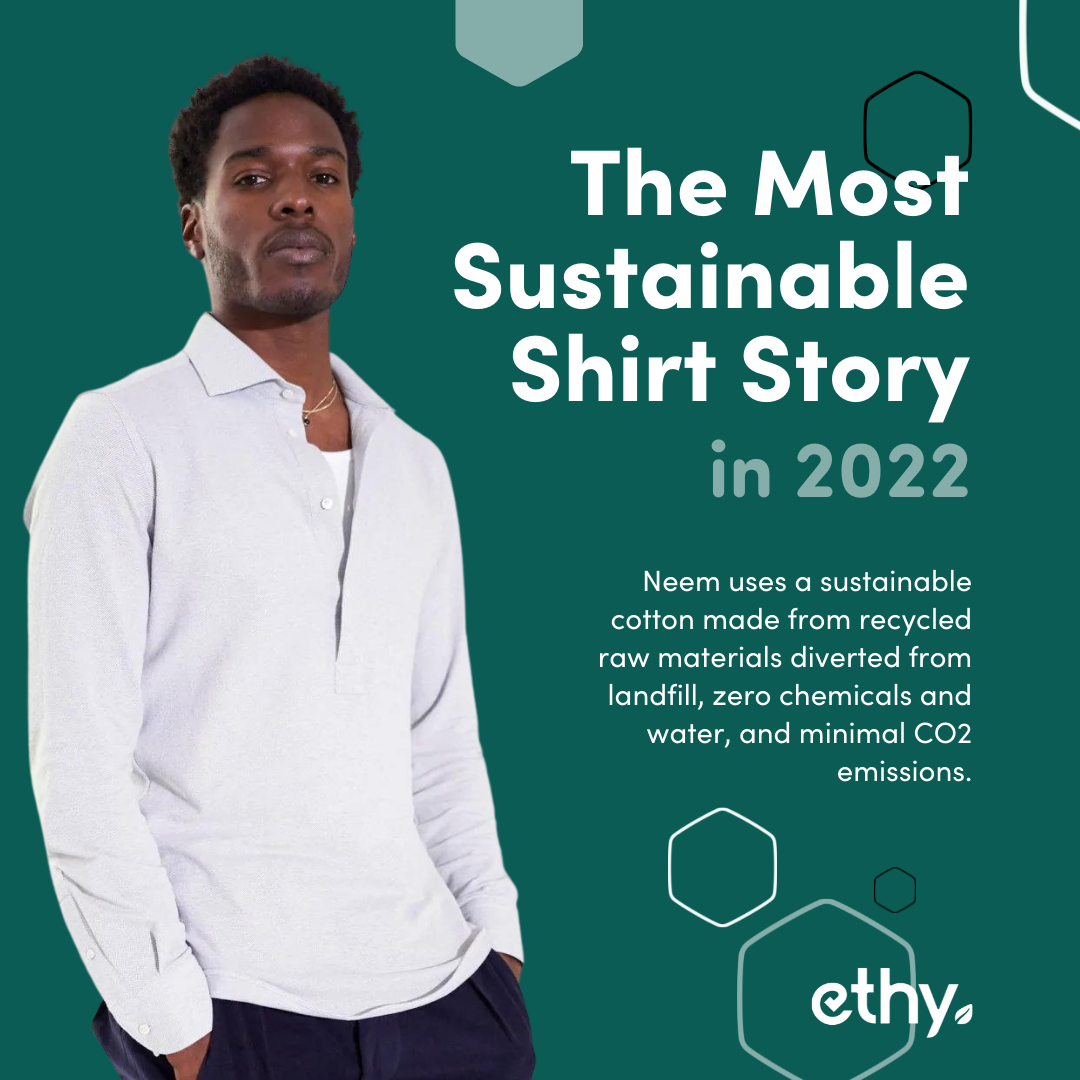
Let's chat carbon emissions and fashion
Neem’s manufacturing operations are based in Italy, and while most factories are using at least some renewable electricity, Nick’s goal is to get them all at 100%. “We’ve run really deep dive life cycle testing on our entire supply chain, and the associated impact of transporting our products is minor compared to the impact of fossil-fuel energy use, so that’s what we’re looking at next. We can always be doing more.”

From an industry perspective, Neem is already going the extra mile in its approach to transparency and accountability, as it’s one of just a few fashion retailers to report on its Scope 3 emissions. Under the Science Based Targets Initiative, all companies are invited to publicly report on their emissions across three levels, or ‘scopes’. Scope 1 and Scope 2 emissions account for those that the company is directly responsible for, while Scope 3 emissions are those created throughout a company’s entire supply chain, and are much harder to quantify.
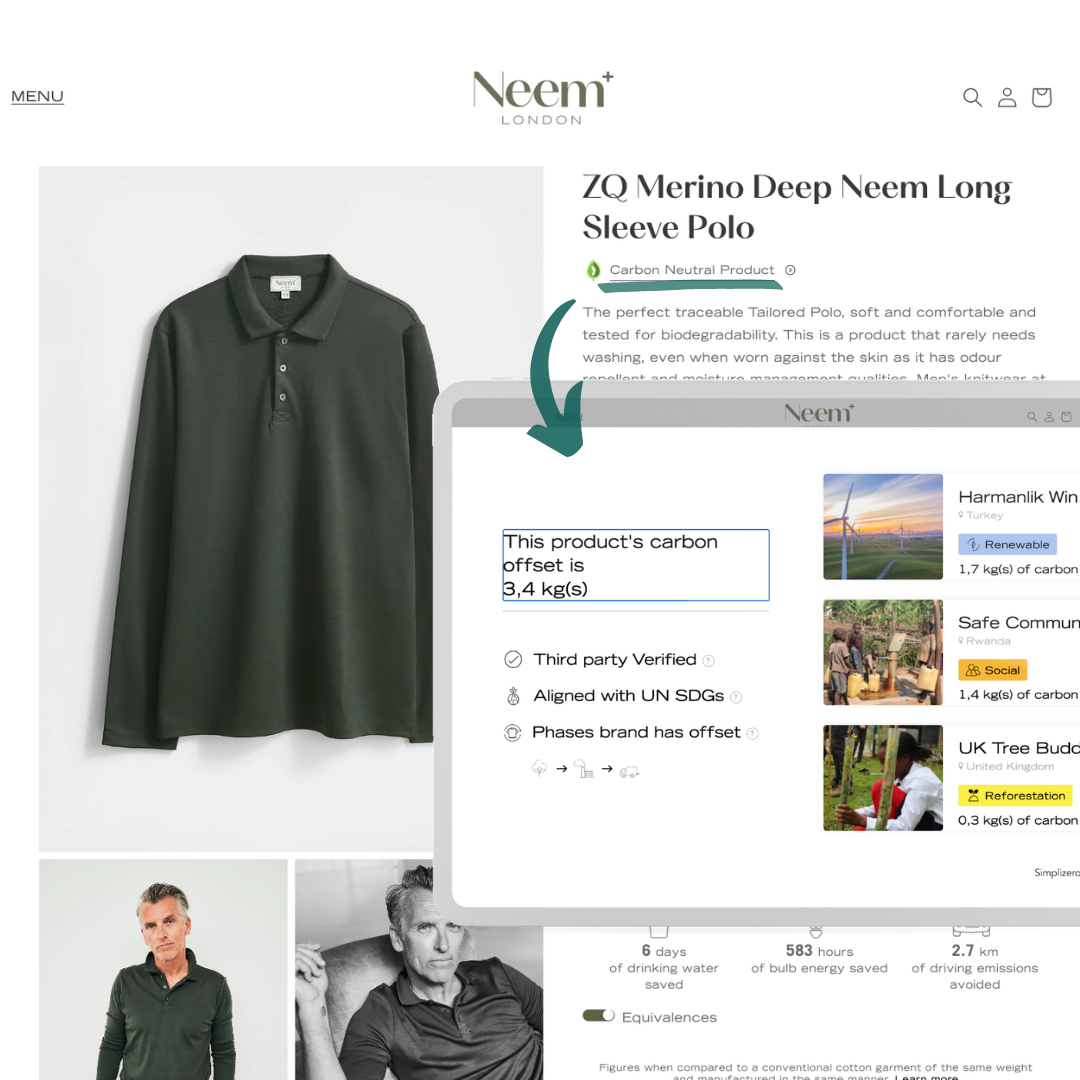
“In fashion, Scope 3 emissions account for up to 95% of total emissions,” explains Nick. “But in the UK, a fashion retailer with the right Scope 1 and 2 metrics can say they’re carbon neutral, when in fact their supply chain means they’re anything but – they just don’t report on it, or take any action on it. Neem considers every single factor in our operations and supply network.”
On Neem's product pages, you can see how much carbon each product emits.
What do you do about waste?
If emissions and resource use are major issues for the fashion world, then what happens to the ever-mounting pile of discarded clothing is a bigger problem still. Some 85% of all textiles end up in landfill every year while washing some types of clothes sends thousands of bits of plastic into the ocean.
“Just 1% of polyester is ever recycled,” says Nick, “and literal tonnes of clothing ends up being shipped out of the country to become a problem for other nations, so we’ve spent a lot of time thinking about an ‘end of life' model for our items.”
Indeed, some 90% of Neem products are fully recyclable, with the company planning to offer a full returns service once its customers’ purchases are no longer wearable. “We’re still new, so this won’t be for a good few years yet,” says Nick. “In the meantime, we’ve got our Wear Well initiative.”

Neem’s Wear Well scheme enables customers to buy a bag for £5, which they can then use to send back any unwanted shirts from any retailer, which will then be recycled. In return, they’ll get £30 credit on any Neem order over £50. The service has proven hugely popular, with Nick estimating a 50%-60% uptick in bag purchases every month.
Neem also provides a clothes repair service, to repair, alter and preserve the product for as long as possible.
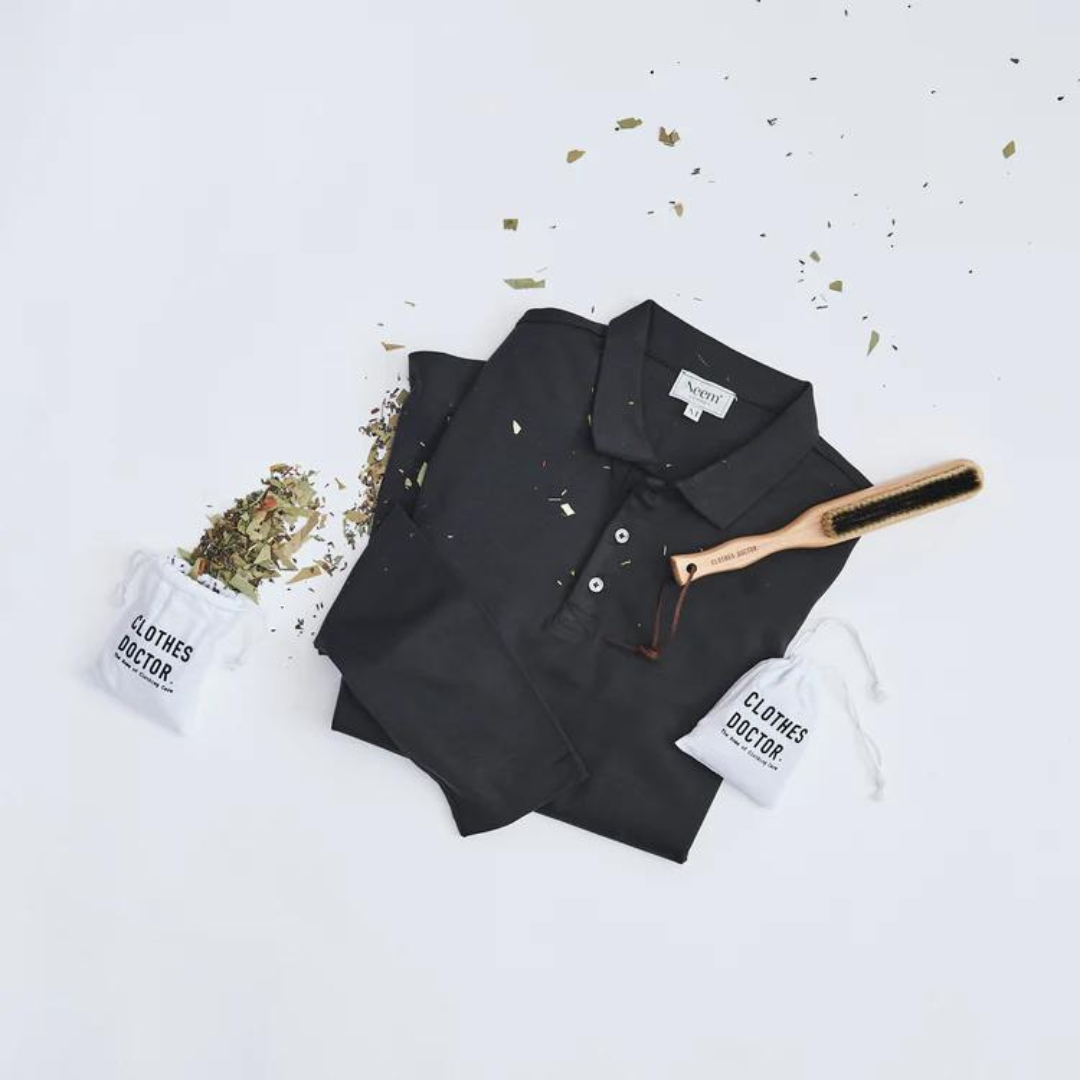
Fast fashion is deceivingly cheap. How do you compare?
Like many sustainable fashion brands, Neem’s prices are slightly higher than your run-of-the-mill fast fashion offerings, with prices ranging from £79 for a Merino wool blend t-shirt to £129 for a recycled button-down shirt.

Fast fashion may be cheap for consumers at till, but comes with the high price of water pollution, as well as excessive water usage and responsible for 8-10% of global carbon emissions. Earth.org.
But as Nick says, this is indicative of our need to re-evaluate our relationship with fashion and cost. “Having travelled abroad and seen the exploitation, the proliferation of manmade fibres and the problems they create, the right question isn’t ‘why are these products so expensive?’ but rather, ‘why are the alternatives so cheap?’”

Fast fashion often also comes at the expense of the workers. Earth.org
However, Neem’s brand and price point works for the market it’s trying to reach. “We’ve got two types of customer, both of which are a little older – probably Gen X,” says Nick. “We’ve got those that are predominantly concerned about the environment and want to be making sustainable choices, and we’ve got those that want easy, versatile and stylish clothing. Our pieces are soft and comfortable but also smart, so they can be worn all day long whether you’re at the office, out for a coffee or going for dinner.”
Is the future of fashion sustainable?
While Neem largely caters for a slightly more mature demographic, Nick is optimistic about the future of sustainable fashion across all generations, especially the younger Gen Z and Gen Alpha, who are already leading the charge in terms of positive climate action.
“Look at all the second-hand and resale platforms there are springing up,” he says. “And the eBay partnership with Love Island – that’s a really good example of what’s happening and where the younger market is heading.”

He adds that while some of fashion’s major brands are “making changes”, his experience in the industry leads him to believe that no clothing retailer can ever really be sustainable unless “it’s built in to their core”.
“Smaller brands have the opportunity to be innovative and flexible. Look at take-back schemes, for example. For the big established companies, initiatives like that are completely unmanageable, but new brands can scale those up over time and grow with them. And as more people begin to care about where their fashion comes from and what happens to it, it’s these brands that will get the attention,” he says.

Neem London's ZQ Merino Light Grey Long Sleeve Polo.
Next on the agenda for Neem is the expansion of its menswear range with trousers and jackets, and then, eventually, a move into womenswear as well.
“But we don’t want to rush, because we want to make sure every piece is right and fulfils the criteria of being sustainable and stylish,” says Nick.
“I firmly believe you don’t have to forsake style to be sustainable, it’s just about making better choices. And that’s why Neem exists – to give shoppers those better choices.”
Neem London's ethy accreditation and sustainability profile:
You may also like...
Sign up for our newsletter
Get the latest sustainability news delivered directly to your inbox.










